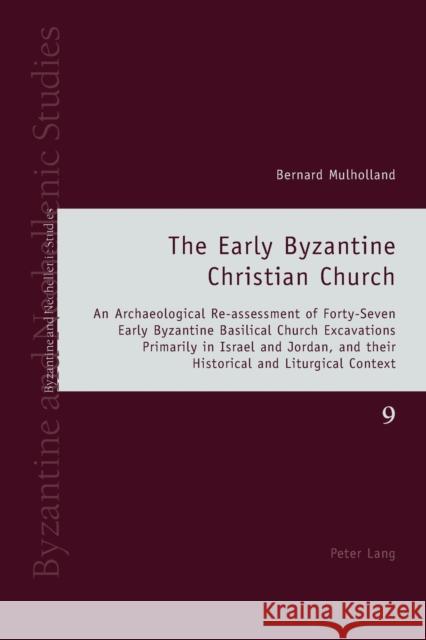The Early Byzantine Christian Church: An Archaeological Re-Assessment of Forty-Seven Early Byzantine Basilical Church Excavations Primarily in Israel » książka
The Early Byzantine Christian Church: An Archaeological Re-Assessment of Forty-Seven Early Byzantine Basilical Church Excavations Primarily in Israel
ISBN-13: 9783034317092 / Angielski / Miękka / 2014 / 229 str.
The Early Byzantine Christian Church: An Archaeological Re-Assessment of Forty-Seven Early Byzantine Basilical Church Excavations Primarily in Israel
ISBN-13: 9783034317092 / Angielski / Miękka / 2014 / 229 str.
(netto: 275,48 VAT: 5%)
Najniższa cena z 30 dni: 288,66
ok. 30 dni roboczych
Bez gwarancji dostawy przed świętami
Darmowa dostawa!
The observation that domestic artefacts are often recovered during church excavations led to an archaeological re-assessment of forty-seven Early Byzantine basilical church excavations and their historical, gender and liturgical context. The excavations were restricted to the three most common basilical church plans to allow for like-for-like analysis between sites that share the same plan: monoapsidal, inscribed and triapsidal. These sites were later found to have two distinct sanctuary configurations, namely a ?-shaped sanctuary in front of the apse, or else a sanctuary that extended across both side aisles that often formed a characteristic T-shaped layout. Further analysis indicated that ?-shaped sanctuaries are found in two church plans: firstly a protruding monoapsidal plan that characteristically has a major entrance located to either side of the apse, which is also referred to as a Constantinopolitan church plan; and secondly in the inscribed plan, which is also referred to as a Syrian church plan. The T-shaped layout is characteristic of the triapsidal plan, but can also occur in a monoapsidal plan, and this is referred to as a Roman church plan. Detailed analysis of inscriptions and patterns of artefactual deposition also revealed the probable location of the diakonikon where the rite of prothesis took place."











